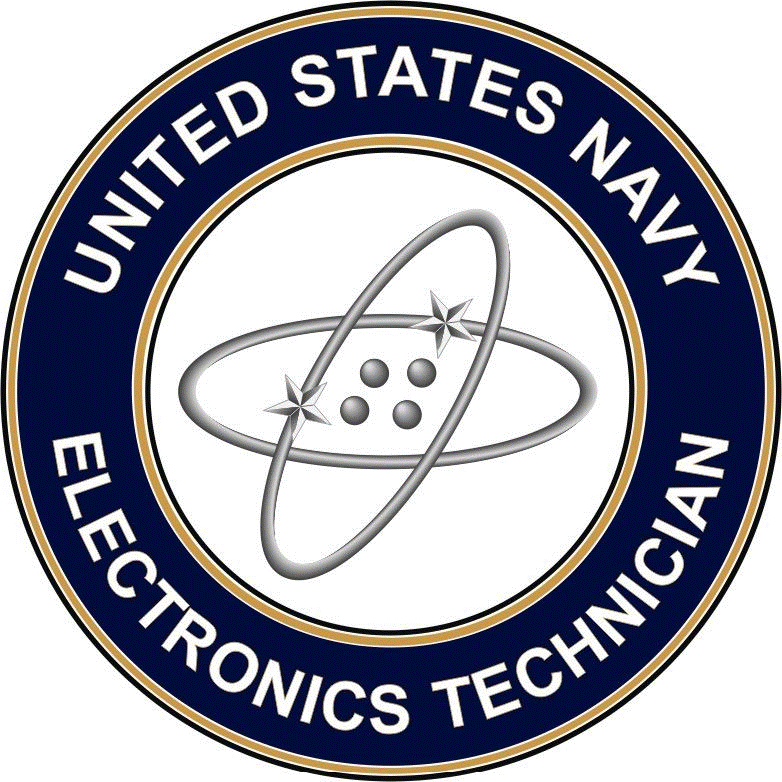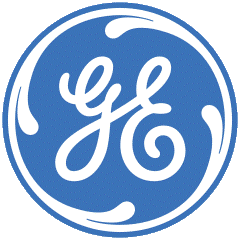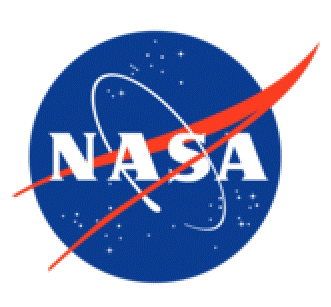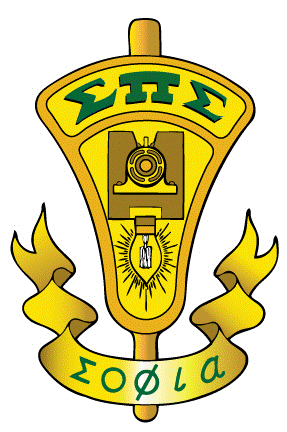About Seth
Seth Shapiro, MS, PNPT
Seth is an engineer and is the creator of Electronics Reference. He loves learning about technology and building cool things.

You can contact Seth at [email protected] or find him on LinkedIn at www.linkedin.com/in/s-shapiro.
Seth has a personal website at sethshapiro.dev and additionally maintains offwhitesecurity.dev, where he publishes notes on offensive cybersecurity.
Professional Accreditations/Certifications/Degrees
Seth is a web developer and ethical hacker. He holds the following certifications: PNPT, eJPTv2, LinuxAD, and ICCA, and is currently working toward the CPTS.
Seth has also earned an MS in Materials Science and Engineering from Carnegie Mellon University, and a BS in Physics from SUNY at Albany.
He has worked in technical roles his entire adult life. These include four years in the US Navy as an Electronics Technician (ET) (specializing in Information Systems Maintenance), two years working as a power systems engineer, research roles with NASA and the SUNY particle physics group working with the LHC at CERN, and several years as a Reliability Engineer / Reliability Leader at Honeywell.
He is also proud to be a lifelong lover of physics and member of the ΣΠΣ (Sigma Pi Sigma) Physics Honor Society.
 MS Materials Science (MSE); CMU
MS Materials Science (MSE); CMU
 Electronics Technician; US Navy
Electronics Technician; US Navy
 BS Physics; SUNY at Albany
BS Physics; SUNY at Albany
 Power Systems Engineer; GE
Power Systems Engineer; GE
Other Honors
 NASA Pathways Fellow; Langley VA
NASA Pathways Fellow; Langley VA
 ΣΠΣ Physics Honor Society Lifetime Member
ΣΠΣ Physics Honor Society Lifetime Member
My Story (So Far)
Hi! My name is Seth, and I’m the creator of ElectronicsReference.com.
I am a US Navy Veteran with a MS in Materials Science and Engineering from Carnegie Mellon University, and a BS in Physics from SUNY Albany.
My path in electronics began as an interest during childhood, and was solidified by serving in the United States Navy as an Electronics Technician (ET). The Navy taught me how to analyze, troubleshoot, and service complex electronic systems down to the component level. My focus was on Satellite Communications, Information Systems Maintenance (ISM, i.e. computers and computer networks), and Identify Friend or Foe (IFF) systems.
After receiving an honorable discharge, I worked for General Electric (GE) as a Power Systems Engineer. I had the amazing opportunity to work on and manage electric power distribution projects ranging from large power plant installations to small substations. Probably the coolest new installation I got to be part of was the MetLife stadium (home to the NY Giants and NY Jets). Watching such a large project being completed over many months was awesome!
I enjoyed the work a lot, but felt inadequately educated regarding the theory of the systems I worked on. I could use electrical schematics to build and troubleshoot systems, but I couldn’t solve problems considered basic in electrodynamics.
I decided to go back to school, and earned a BS in Physics from SUNY Albany over the next three years. While earning my degree I worked on a variety of research projects. These ranged from using the school’s linear particle accelerator to perform Rutherford Backscattering (RBS) for semiconductor characterization, to helping generate a material map algorithm for the Large Hadron Collider at CERN.
I discovered that my favorite topics were solid state physics and semiconductors, so I decided to continue my education at Carnegie Mellon University, earning an MS in Materials Science and Engineering as a NASA Pathways Fellow. My focus in grad school was on electronic properties of materials, including semiconductor and liquid crystal devices. I also enjoyed coursework in optical and thermal properties of semiconductors, helping to round out my understanding of topics like band theory and photonics.
After grad school, I was offered a leadership position at a Honeywell site in their Advanced Materials division. I spent about four years at a number of sites, where I learned a great deal about leadership, manufacturing, and applying engineering skills to large scale projects. However, at times I craved more technical and experimental activities. I began studying and reading more in my free time, working through problem sets from textbooks and tinkering with electronics kits during my free time.
I enjoyed the available projects, but as an engineer, began to crave a more systematic approach to developing knowledge and skills in electronics. Eventually this would lead to the idea that would become ElectronicsReference.
I began thinking of developing an online course that would comprehensively take the dedicated user from the simplest model to the most complex, and build all the way from basic theory to modern electronic systems. This idea became the starting point for what ElectronicsReference would eventually become.
During this time I was lucky enough to meet the woman who would become my wife. We bought a house in small town Pottsville, PA, surrounded by rolling hills, tributaries of the Schuylkill River, and old coal mines.
I began construction on this website in August of 2020, and it has quickly taken on a life of its own. There are so many new developments in the works that I am so excited about. I hope that you will enjoy this site as much as I have enjoyed constructing and writing it!
My Other Hobbies & Interests
Other than electronics and science, I love the great outdoors. Hiking, climbing, camping, and sitting by a campfire are some of my favorite activities.
I also love homebrewing, history, antiquing, travel, and learning about other cultures. I probably think about the Roman Empire at some point everyday!
Like a true thinker and tinkerer, I have other interests that I pick up on occasion. Once in a while I take an interest in playing guitar, chess, woodworking, and sleight of hand magic, but invariably I am distracted from these enjoyable delights after a few weeks. I also enjoy fantasy and horror, and love the Cthulhu Mythos. I started horrorclassicsonline.com as a fun side project.